🧭 How to Read the Legend of a Topographic Map
When you're deep in the backcountry, your survival can depend on how well you read the terrain—and that starts with understanding your map. At Squatch Survival Gear, we believe that mastering the basics is non-negotiable. That’s why today we’re diving into one of the most overlooked but essential parts of any map: the legend.
📖 What Is a Map Legend?
The legend (sometimes called a key) is your map's cheat sheet. It explains what all the lines, symbols, and colors mean so you can interpret what’s in front of you. Without it, a map is just a mess of squiggles and numbers.
On a topographic map, the legend is typically found in one of the corners. It's packed with information—so let’s break it down.
🧷 Key Elements of a Topographic Map Legend
1. Contour Interval
This tells you the elevation change between contour lines. If your map says the interval is 40 feet, each contour line is 40 feet higher or lower than the one next to it. Tight lines? Steep terrain. Wide spacing? Gentle slopes.
2. Scale
The scale bar shows how distances on the map convert to real-world measurements. For example:
-
1:24,000 means 1 inch = 24,000 inches (2,000 feet)
Knowing scale helps estimate travel time and plan routes.
3. Grid Reference System
Whether it’s UTM or MGRS, the legend explains which grid the map uses—and often includes a grid zone designation. This is critical for working with GPS, compasses, and plotting coordinates.
🔲 Understanding Grid Reference Systems: UTM vs. MGRS
When it comes to pinpointing your exact location on a topographic map, knowing which grid system is in use is crucial. Two common systems you'll encounter are UTM (Universal Transverse Mercator) and MGRS (Military Grid Reference System). Here’s what sets them apart:
✅ UTM (Universal Transverse Mercator)
-
What It Is:
UTM is a coordinate system that divides the Earth into 60 zones, each spanning 6 degrees of longitude. Every location is given an easting and northing value measured in meters, making it straightforward to calculate distances and navigate with precision. -
How It Works:
The system is based on a transverse Mercator projection, meaning the globe is sliced into vertical segments (zones). Each zone has its own grid where locations are identified by numbers. For instance, a coordinate might read as “Easting: 500,000 m, Northing: 4,000,000 m,” which tells you exactly where you are within that specific zone. -
Benefits:
UTM is especially useful for detailed mapping and navigation because its metric measurements make it easy to compute distances and plan routes accurately.
✅ MGRS (Military Grid Reference System)
-
What It Is:
MGRS builds directly on the UTM system but overlays a simplified alphanumeric format designed for speed and clarity in military and tactical environments. -
How It Works:
MGRS coordinates compress UTM data into a more compact string. For example:18S UJ 22859 07345-
18S= Grid zone designator -
UJ= 100,000-meter square ID -
22859 07345= Easting and northing within that square
-
-
Benefits:
Faster to communicate, especially over radio or in time-sensitive operations. It also enables easier referencing on tactical maps commonly used by the military and first responders.
🔍 Bottom Line:
-
Use UTM when you're focused on precision and distance calculations, especially with civilian tools like GPS and mapping apps.
-
Use MGRS if you're in a tactical or military context where fast, repeatable location reporting is key.
🗺️ Map Symbols to Know
The legend will decode:
-
Roads and trails (solid, dashed, or dotted lines)
-
Water features (streams, lakes, swamps)
-
Vegetation (forest types, clearings)
-
Manmade structures (buildings, towers, fences)
-
Boundaries (property lines, park limits)
Each symbol matters—especially when you’re navigating in low visibility or during a high-stress situation.
🎯 Why It Matters in the Field
A compass and a map are only as good as your ability to use them. The legend ensures you’re not mistaking a seasonal stream for a permanent river—or following a powerline thinking it’s a trail. That kind of mistake can cost you time, energy, or worse.
Whether you’re bugging out, hunting, or hiking solo, reading the map legend gives you a clearer understanding of what the land actually looks like before you ever step foot on it.
🔥 Train Like You Fight—with the Right Gear
At Squatch Survival Gear, we build gear for serious missions. Our packs—like the rugged Kakamora 3-Day Pack or compact Night Howler EDC—are made to handle the terrain you're reading about. Combine your map-reading skills with American-made packs built to thrive in the wild.
🧠 Final Thought:
Don’t skip the legend. Master it. It's your shortcut to smarter, safer navigation in any environment.

